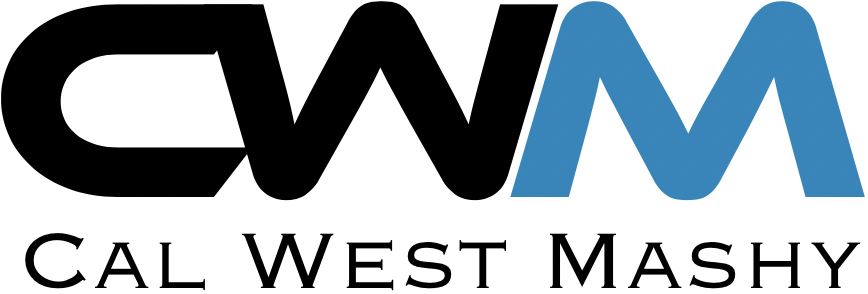WHAT IS CHEMSCALE?
AGITATOR MIXING PEFORMANCE EXPLAINED
Simply put, Chemscale describes the BULK FLUID VELOCITY AT THE TANK WALL. This is the best method of describing the intensity of mixing on a scale of 1-10 with 1 being the mildest and 10 being the most violent.
The ChemScale design procedure was developed to provide a logic for customers to quantify and define the agitation problem, specify required information for the design of an agitator, provide a communication tool for the customer and vendor to select a turbine agitator, and to optimize the agitator for the specific process at hand. See the video examples below.
BLENDING AND MOTION
Many different agitator applications fall into the category of Blending and Motion. Among these applications, simple liquid blending, liquid storage, heat transfer and batch reactors are some of the more common. The ChemScale design procedure emphasizes the common elements or turbine agitator design, but also does not neglect unique features of some applications. To express and quantify the common characteristics of blending problems, terms such as size, difficulty, and dynamic response are used throughout this procedure. For Blending and Motion problems, size is the equivalent volume, difficulty is the viscosity of the liquid, and dynamic response is the bulk fluid velocity. The Blending and Motion ChemScale design procedure is broken down as follows:
Category:The Blending and Motion ChemScale design procedure should be considered whenever the material to be
agitated is liquid or a combination of liquids. In some cases the Blending and Motion procedure is used when small quantities of solids or gases are present as finely divided materials which behave as if they were part of the liquid.
Size: The size of an agitator problem for the Blending and Motion ChemScale is the “Equivalent Volume”. Equivalent Volume is equal to the actual volume multiplied by the specific gravity.
Difficulty: Fluid viscosity is the ultimate resistance to fluid motion even in turbulent flow. By studying the effects of viscosity on liquid velocities and process results we can determine the appropriate relationship between fluid properties and agitator size, which is incorporated into the ChemScale design procedure.
Dynamic Response: The ultimate purpose of a turbine agitator is to achieve a desired process result. However it is often difficult to state the process result with precision, or to relate that result to one specific agitator. Therefore, the design logic begins with the selection of an appropriate dynamic response, followed by the design of agitators that will give that response.
The dynamic response for Blending and Motion applications is the Bulk Fluid Velocity. The Bulk Fluid velocity is calculated from the pumping capacity of the impellers divided by the cross sectional area of a square vessel of equal volume as the actual vessel. Extensive process experience has shown that the magnitude of the fluid velocity has a direct effect on the process results associated with the agitation intensity and that equal velocities generally result in similar “intensities” regardless of the batch size. A Bulk Fluid Velocity ranging from 6 to 60 ft/min characterizes the majority of applications of turbine agitators for Blending and Motion. For convenience and consistency a ChemScale level from 1 to 10 is assigned to the bulk fluid velocities associated with Blending and Motion applications as follows:
ChemScale=BulkFluidVelocity(ft/min)6
Although ChemScale levels are related directly to bulk velocities, the real intent is to relate the agitation intensity to process results as shown in the table below. The utility of these definitions can be enhanced with application experience. Since ChemScale levels are based on fluid motion and process performance the design levels do not change for different impeller designs. The agitator selections, horsepower and speed combinations, will change based on the efficiency of the impeller. For Blending and Motion applications, high efficiency impellers such as the XE-3, HE-3, and SC-3, will provide the most optimum selection.
The pumping capacity of an impeller system will ultimately determine the Bulk Fluid Velocity, and hence the ChemScale. Once the appropriate dynamic response (ChemScale) is chosen for the applications, the optimization of the impeller system is the next step. High Efficiency impellers will provide optimum performance provided the correct number and diameter are selected. As the viscosity increases larger impeller diameters and additional impellers may be beneficial to the process. Computational Fluid Mixing is beneficial in showing the differences between impeller types, locations, number of impellers, and viscosity effects (Impeller CFM).
CHEMSCALE 1 - VIDEO DEMONSTRATION / MILD (BULK FLUID VELOCITY: 6FT PER MINUTE)
CHEMSCALE 3 - VIDEO DEMONSTRATION / GENTLE (BULK FLUID VELOCITY: 18FT PER MINUTE)
CHEMSCALE 6 - VIDEO DEMONSTRATION / MODERATE (BULK FLUID VELOCITY: 36FT PER MINUTE)
CHEMSCALE 8 - VIDEO DEMONSTRATION / VIGOROUS (BULK FLUID VELOCITY: 48FT PER MINUTE)
CHEMSCALE 10 - VIDEO DEMONSTRATION / VIOLENT (BULK FLUID VELOCITY: 60FT PER MINUTE)


